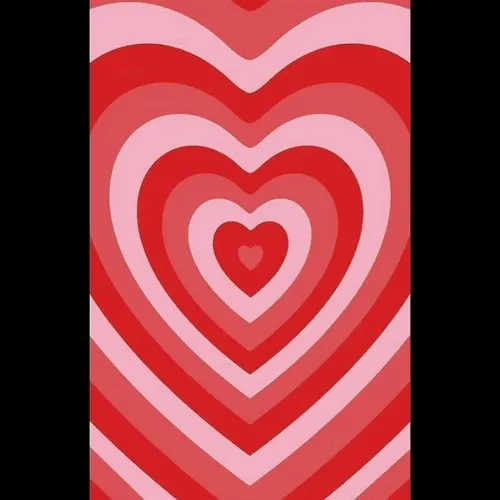Nah it made perfect sense (at least within the context of that time).
The financing environment was unbelievably loose, so asset prices across the board were super-inflated.
Apparel companies like Rocawear (were) simple operations: cheap shyt manufactured by Bangladeshi or Vietnamese factories with workers earning slave wages (especially back then), imported to the US tariff-free, riding the pre-existing record label investment in marketing & promotion of the artist representing the brand, and distributed through major retailers at sky-high prices.
The free cash flow generated by Rocawear, Sean John, and other similar brands was unbelievable back then. Remember, this is all well before the financial crisis, Amazon's domination, the ongoing retail collapse, etc. And when the company was sold, the purchase price was agreed upon with the assumption that those cashflows would continue - and even
increase into the future.
The price seems ridiculous to us now because we're in a completely different environment. But in 2007, people were flooding malls by the millions, ready to shell out $35 for a branded Rocawear t-shirt on their Macy's credit card.







